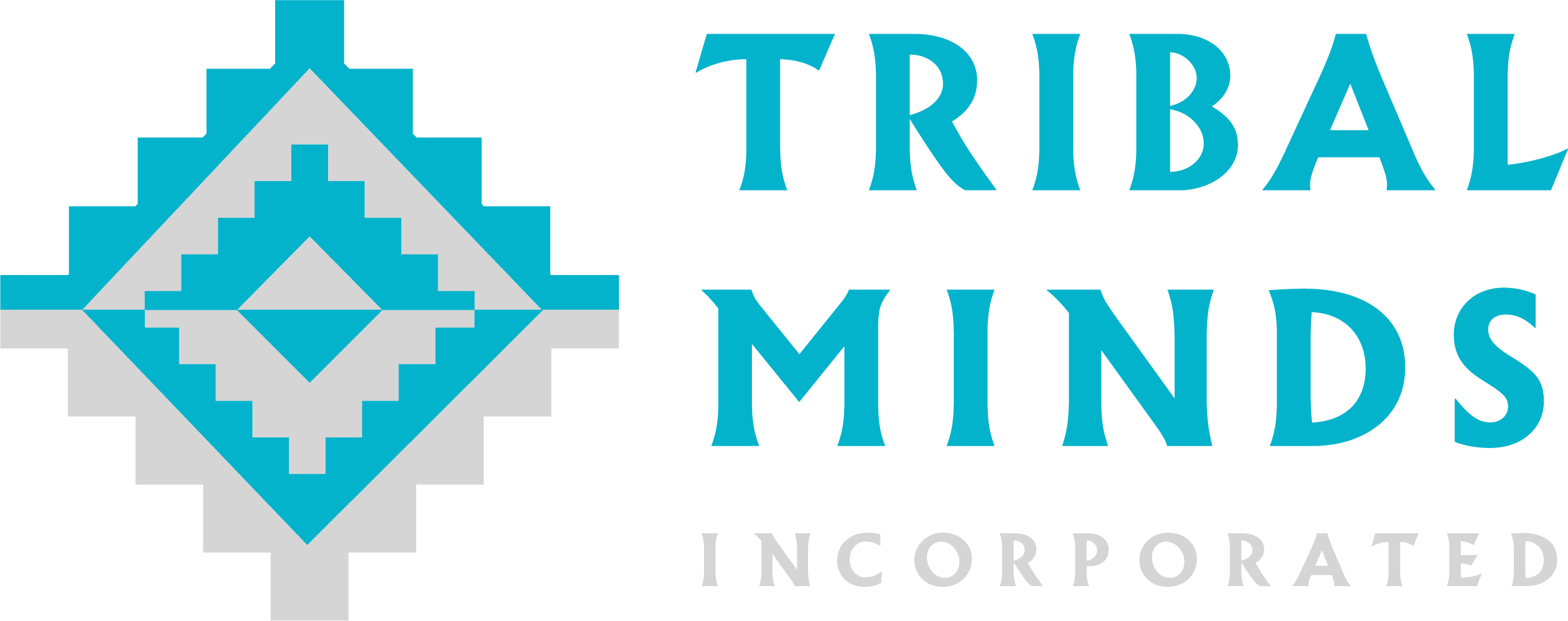By the time we arrived in San Jose de Soroguara, Honduras, the Lenca had already made significant progress in laying the foundation for their cultural reconstruction project by reserving land use access. The block of land chosen was allocated for the specific purpose of recreating the traditions associated with their sun ceremony. We had been through many conversations in the preceding months to confirm logistics and waste zero time.
We got to work laying the groundwork.
Key to geocultural engineering, as a framework, is a focus on tangible results that honor the assets and consent of the people in connection with their land. Geocultural engineering is practical. We wanted to work with the Lenca to create something that felt intuitively them – for them to sustain their culture, their land, their people. And that meant working with the Lenca to make something that actually worked for them. We focused on three essential practices in practicality: dialogue, shared labor, and technical advising.
Dialogue was the first practice of geocultural engineering. According to Paolo Freire, in his Pedagogy of the Oppressed, dialogue is a "horizontal relationship" based on mutual trust, humility, and shared creation. Geocultural engineering was not possible without dialogue. Without dialogue, we would have been completely incapable of working alongside the Lenca. We would have been replicating the same top-down colonial practices of old instead of the grassroots, participatory structure of geocultural engineering. Throughout the process of cultural reconstruction, we sought to cultivate dialogue with the Lenca through deep listening. We discussed the intent, the wishes, the context of Lenca ideas and traditions, and we took the time to understand the worldviews in which we operated instead of centering our own priorities. Deep listening gave us the power to build trust and consensus with the Lenca as we built culture.
Beyond deep listening that created space for us to develop consensus and make decisions that prioritized Lenca agency, we also sought to identify project outputs and resolve internal conflict in our dialogue. Establishing shared goals and defining what success in cultural reconstruction looked like provided the Lenca and our team with discernible targets. Deciding upon outputs also allowed us to focus on conflict resolution in a productive way that was allergic to dysfunction. Different Lenca community members had different ideas, which required a practical lens from a third party to resolve.
We also stressed the importance of shared labor. We traded the work of movement, of the physical act of construction. We worked the land along with the Lenca and prayed with them at their sides. we shared the physical as well as spiritual burden of the work of community development. The physical and spiritual act of labor with the land connected us, enmeshed us, knit us and our communities together. And, most importantly, it practically made sense to realize the vision of the Lenca. Standing on the sidelines did nothing for the community.
Finally, we prioritized the element of technical advising. Since we had worked on cultural reconstruction in our own communities in the past, we had a sense of what may work and what was most important in community development. We chose to chart a course of leadership development. While we worked on dialogue, we also illustrated best practices in inventory and budgeting. We trained key community members in the budgetary process and implemented it in practice. Budget sheets and effective accounting is key to successful operations. Sometimes, the simple act of advising on the nuts and bolts is all that is needed.
Dialogue, shared labor, and technical advising were crucial to our project in geocultural engineering. All of these practices equipped us with a practicality that made cultural reconstruction move forward. Of course, not everything was sunshine and rainbows. We did and will fail in the process of cultural reconstruction and, more largely, community development. But we have to not mire in what may not work. We have to just do the work. We have to pray, dance, sing, go into the fields, into the villages. We have to, through trial and error, decide how we can implement symbols and colors of the people into cultural practices that the people want.
We need to start from somewhere. And that requires getting on our hands and knees in the dust.
Geocultural engineering is about doing. There are a million voices that will say no or urge caution or ask to reconsider. People will get stuck. People can get lost in their ideas of how big the theories of prayer and community and organizing can be. Logistically and practically, there's a gap between vision and execution.
Through geocultural engineering, we can address the nuts and bolts of building the temple of community development. We can build buildings out of ideas. We can construct bridges where once there were none. We can manifest visioning. We can realize and fulfill dreams.
